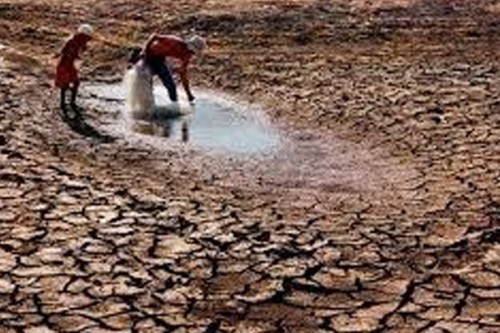Impact of climate change felt most by urban poor, says experts

Lucknow, March 14 ((IANS) The impact of climate change is felt most tangibly by the urban poor, living in low-income households and slums, said experts during a conclave here.
At the conclave on climate change, its impacts and challenges, it was stated that “the impact of climate change is most severe in the local slums. Ironically, those not contributing to carbon emissions, suffer the most, as they often do not have access to basic healthcare amenities either".
The focus of the three-day ongoing conclave here is to identify the problems faced by the urban poor in the cities of Uttar Pradesh, Madhya Pradesh and Rajasthan, and design solutions for the same.
Nagendra Prasad of UNICEF Lucknow said that policy changes along with behavioural changes are necessary to combat the impact of climate change.
Organised jointly by Babasaheb Bhimrao Ambedkar University, ActionAid India and Lucknow-based NGO Vigyan Foundation, under the aegis of the Asia Pacific Network for Global Change Research, the conclave that began on Wednesday is holding panel discussions on various aspects of climate change.
The participants included scientists, environmentalists, policymakers, civil society representatives, academicians, and youth, deliberating on heat waves, flood and droughts.
Kashif Imdad, advisor to the state disaster management authority, said that the number of casualties in Uttar Pradesh during the heatwave was unprecedented.
He explained that different heat thresholds are set for different districts, with different parameters and protocols for the different weather alerts.
In Lucknow alone, the Cantonment area, as well as Kukrail and Malihabad on an average witness nearly 5 degrees Celsius lower temperature than the rest of the city, he said.
Imdad said, “It has been estimated by global climate organisations that the present climate is the coldest that the youngest living generation now will ever experience in their lives.”
Discussions were also held on extreme climatic events, urban services and the relation to climate change, adaptation and mitigation measures and more.

|

|

